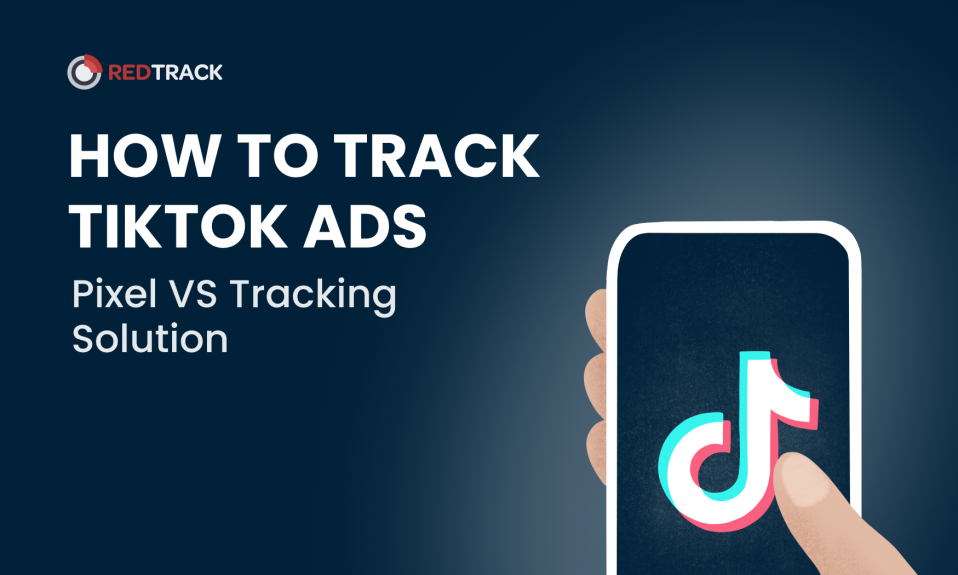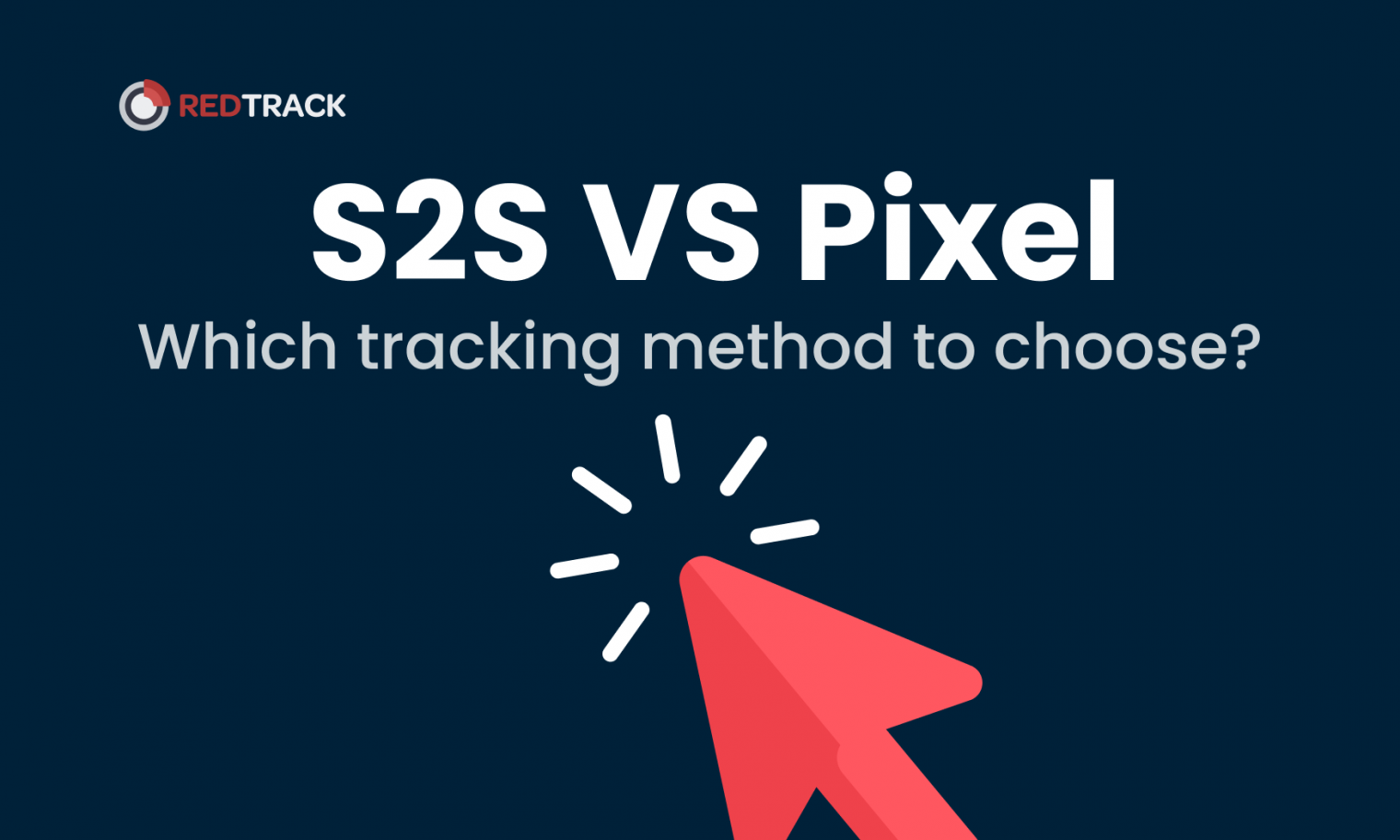
Check our 2-minute video to explore 5 reasons users choose RedTrack as their ad tracking & attribution partner.
ROI in digital marketing is your performance report card. It tells you if your investment is generating the desired financial returns, considering both direct and indirect revenue streams.
Return on Investment (ROI) is the cornerstone metric for evaluating the success of marketing campaigns. In digital marketing, ROI measures the profitability of your campaigns, essentially showing how much you earn for every dollar spent. It's calculated as (Net Profit / Cost of Investment) x 100. A positive ROI means your strategy is working, while a negative ROI signals a need for change.
In media buying, ROI goes beyond just tracking sales. It includes understanding customer acquisition costs (CAC), lifetime value (LTV), and how these metrics interplay with your marketing spend. Digital platforms provide a wealth of data, enabling a more nuanced ROI analysis than traditional media channels. Tools like Google Analytics and Facebook Insights offer real-time ROI tracking, essential for agile campaign management.
Calculating ROI involves more than basic arithmetic. It demands a comprehensive understanding of both your expenses (like ad spend, software costs, and salaries) and your earnings (such as increased sales, leads, or other value-driven conversions).
The ROI formula is straightforward:
CPC = ( ) x 100
Each part of this formula has a specific meaning:
Net Profit: This is the revenue generated from your campaign or investment, minus the costs.
Cost of Investment: This includes all expenses related to the campaign or investment.
In media buying, this calculation gets complex. You must factor in the cost per acquisition (CPA), cost per click (CPC), and other relevant metrics. For instance, if your CPC is high, but the CPA is low, your campaign might still be efficient.
Remember, ROI is not instantaneous. Especially in digital marketing, it can take time for strategies to bear fruit. Therefore, it's crucial to analyze ROI over appropriate time frames – short-term losses might lead to long-term gains.
Accurate ROI calculation requires a deep dive into all campaign-related expenses and revenues, with a critical eye on metrics like CPA and CPC. Patience is key in evaluating ROI over meaningful periods.
To enhance ROI, it's vital to optimize your marketing strategies continually. This involves A/B testing, audience segmentation, and refining your content. For instance, using data-driven insights to tweak ad copy or targeting can significantly boost campaign performance.
In media buying, optimization means placing your ads where they'll perform best. It’s about understanding the nuances of each platform, whether it’s Google Ads, Facebook, or programmatic advertising networks. Use tools like conversion tracking and attribution modeling to guide these decisions.
Additionally, don't overlook the power of retargeting and personalization. These strategies can dramatically increase ROI by keeping your brand top-of-mind and relevant to your audience.
Continuous optimization, guided by data and strategic insights, is crucial for maximizing ROI. This means fine-tuning every aspect of your campaigns, from the creative elements to the platforms used.
A key aspect of ROI in digital marketing is understanding Customer Lifetime Value (CLTV). CLTV helps you determine the long-term value of acquiring and retaining customers, which is essential for assessing ROI accurately.
Incorporating CLTV into your ROI analysis allows for more strategic budget allocation. For instance, if certain channels bring in customers with a higher CLTV, it makes sense to increase investment in these channels, even if the immediate ROI is not the highest.
Additionally, focusing on customer retention strategies can be a more cost-effective way to maintain a healthy ROI, as retaining existing customers typically costs less than acquiring new ones.
Integrating CLTV into ROI calculations provides a more comprehensive view of your marketing efforts' effectiveness, emphasizing the importance of both acquisition and retention strategies.
As digital marketing evolves, so does the approach to measuring ROI. The future of ROI measurement lies in leveraging advanced analytics, machine learning, and AI to gain deeper insights into campaign performance.
Predictive analytics can forecast ROI, helping marketers make informed decisions about where to allocate resources. AI-driven tools can automate and optimize campaigns in real-time, ensuring maximum efficiency.
Moreover, with the increasing importance of privacy and data protection, marketers will need to find innovative ways to track ROI without infringing on user privacy. This might include more reliance on first-party data and contextual advertising.
Key Takeaway: The future of ROI in digital marketing is data-driven and technologically advanced, focusing on predictive analysis, real-time optimization, and respecting user privacy.

Check our 2-minute video to explore 5 reasons users choose RedTrack as their ad tracking & attribution partner.

Join our Facebook group to participate in the discussions, share your insights with like-minded people, and ask for support if needed.

Find out how Financer.com optimized the conversion rates of both organic and paid traffic by 60% with RedTrack.